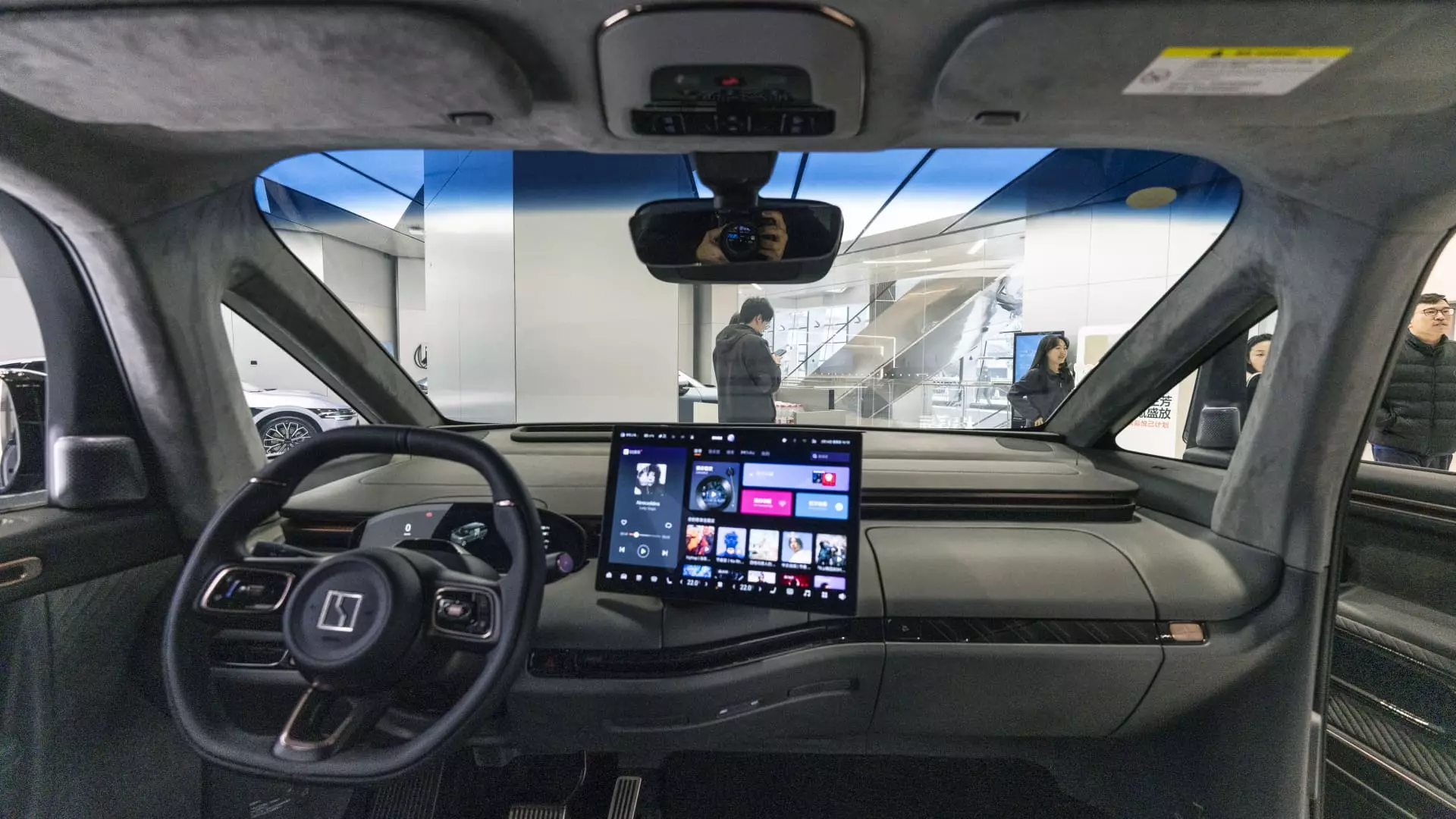The rapid evolution of China’s electric vehicle (EV) sector has reached a fever pitch, with companies like Zeekr and Tesla jockeying for dominance through an innovative drive towards advanced driver-assistance systems (ADAS). In a landscape where competition is relentless, Zeekr CEO Andy An is betting big on the integration of sophisticated technology, offering these capabilities for free to entice consumers and outpace competitors. This reflects not just an aggressive marketing strategy, but also a strategic pivot in a market that is rapidly transforming as consumer expectations shift towards automated features.
The stakeholders involved—from manufacturers to consumers—are caught in a dynamic chess game. It’s no longer just about producing a reliable electric vehicle; it’s about delivering the most advanced and appealing tech experience. Tesla’s own challenges in the Chinese market exemplify the importance of perception and adaptability. While their Full Self Driving feature was initially met with skepticism regarding its high price tag, the company’s recent decision to temporarily offer the driver-assistance system for free showcases their acknowledgment of the competition.
The Drive Towards Autonomy: Risks and Rewards
In this race for technological superiority, the implications extend far beyond mere competition. For consumers, the promise of nearly autonomous driving signifies a leap forward in convenience and safety. However, there exists a layer of complexity tied to regulatory frameworks that govern autonomous systems. An’s statement that the rollout is contingent upon regulatory approvals highlights the balancing act between innovation and safety.
As Zeekr gears up to release its driver-assistance technology—powered by Nvidia chips and advanced lidar—it embodies a dual commitment: to profitability in a cutthroat marketplace and to prioritizing safety. Indeed, An’s assertion that “using lidar may increase cost, but this reflects how much we value safety” resonates deeply. The industry-wide debate around costs versus benefits is critical, particularly as consumers become more discerning about what they are willing to pay for high-tech features in their vehicles.
The Broader Implications for Market Players
Zeekr’s novel approach raises questions about the long-term sustainability of offering high-tech features at no initial cost. While it may attract new customers, the financial viability of such strategies must be examined. Can Zeekr withstand the operational costs of development and deployment? Or will they face the same pressures that challenge other automakers, particularly as they must also reconcile disparities in regulatory environments across international markets?
Moreover, as other brands begin to follow suit—including major players like BYD and emerging names like Xpeng—the question looms large: is this trend sustainable? BYD is ramping up its own driver-assistance features, intensifying the competition in an already explosive market. The industry’s shift from a pricing war to a technology battle points to a crucial evolution in strategy. Each company must not only innovate profoundly but also ensure that these innovations resonate with a market that is proving increasingly discerning about what constitutes value.
The Future is Uncertain but Intriguing
As the landscape continues to shift, the anticipated advancements in driver-assistance could fundamentally alter consumer behavior and preferences. The surge in lidar technology, evidenced by Hesai’s manufacturing boom in recent years, suggests a long-term commitment to ADAS. Yet, for myriad manufacturers in this space, there’s a growing risk of overextension as they strive to outpace one another in technological prowess.
Equally fascinating is the potential interoperability of these systems. Zeekr’s collaboration with fellow EV brand Lynk & Co., as well as their parent company Geely, hints at a broader industry trend toward shared technology and collaborative advancement. If successfully executed, this could challenge individual brand loyalty and redefine the metrics by which competitors are judged.
Despite the prevailing uncertainties, one truth remains clear: the electric vehicle industry is in the midst of a transformative phase, spurred not only by competition but also by the cultural shift towards sustainability and technological integration. The coming years will undoubtedly prove pivotal, determining who among these electric contenders emerges not just as a market leader but as a paradigm for the future of mobility. It’s a high-stakes game, and the stakes have never been higher for consumers and manufacturers alike.

